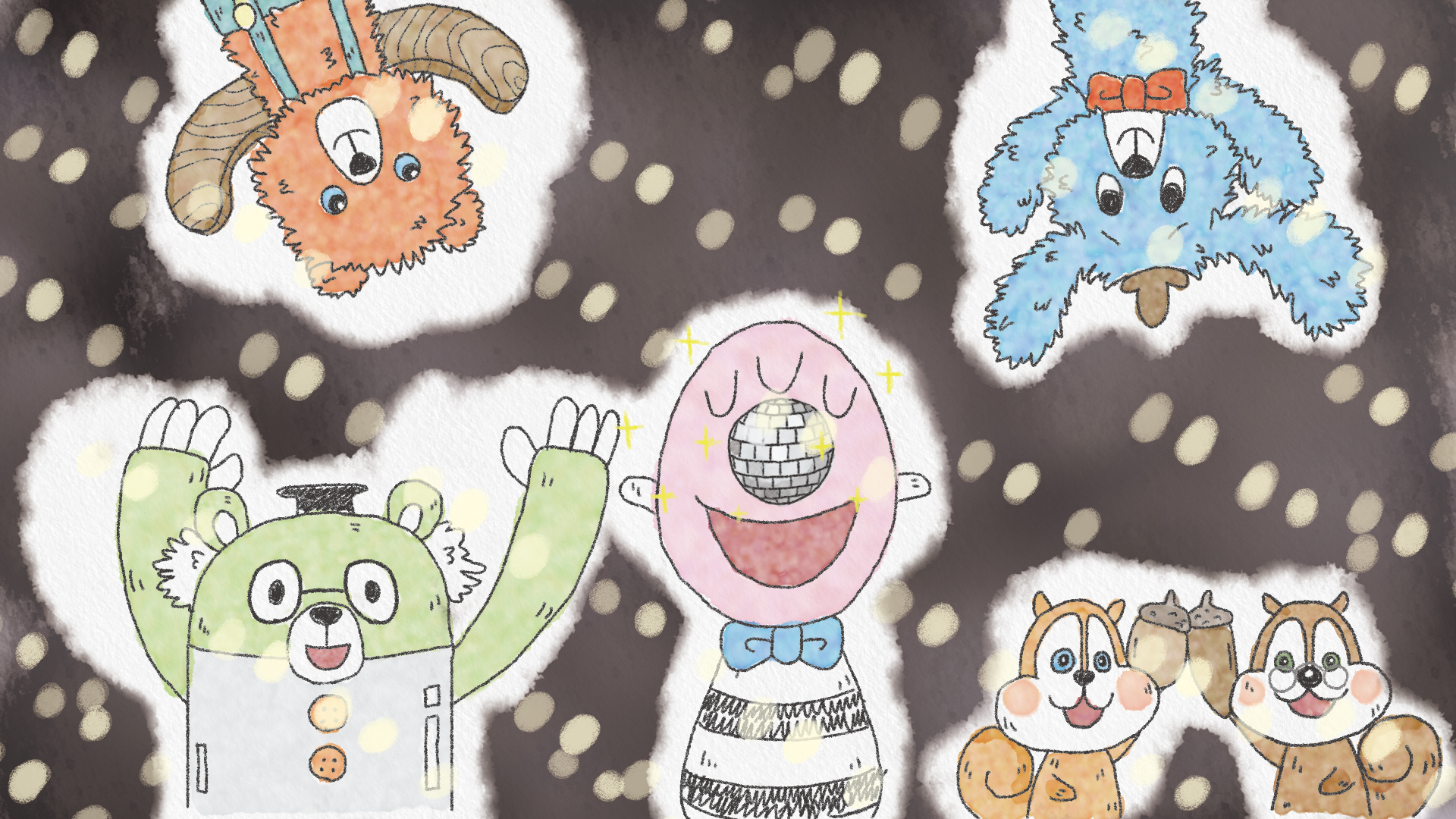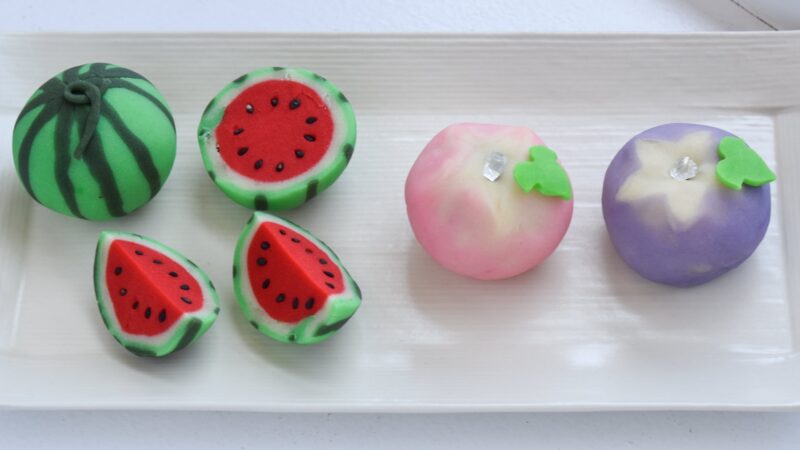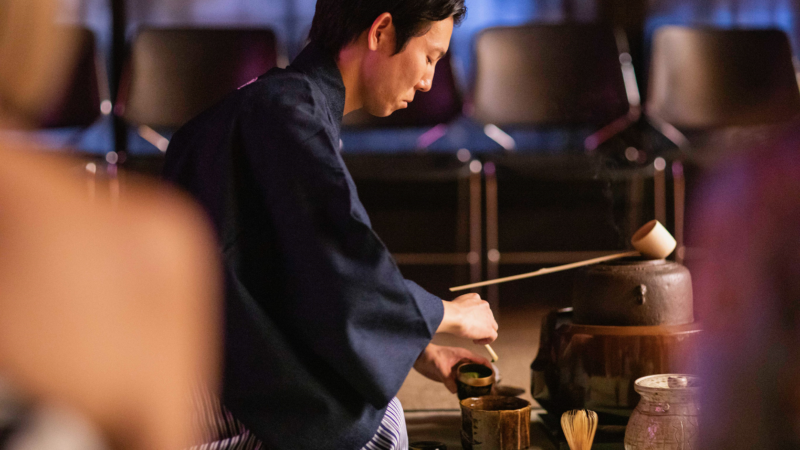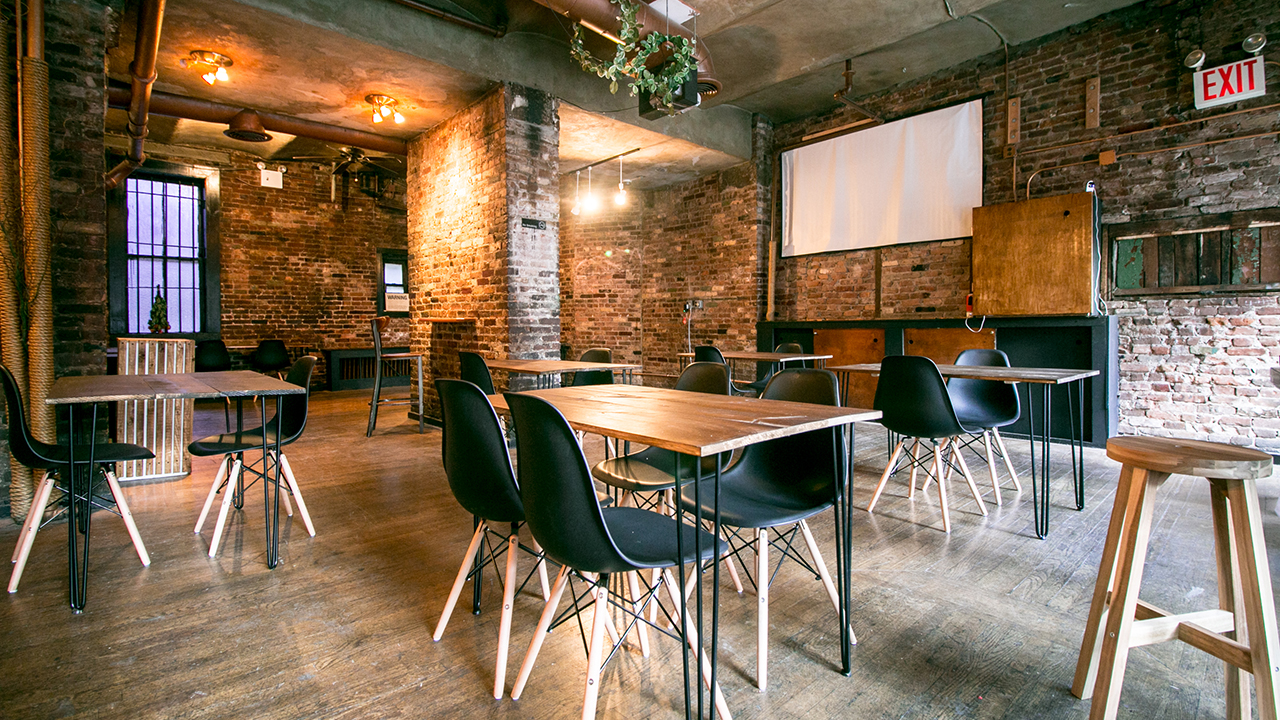Overview
As the amigurumi industry is expanding, the World Amigurumi Exhibition is expanding as well! RESOBOX, as a Japanese cultural community center located in New York, is bringing back the celebration of amigurumi with a new theme by a diverse selection of artists.
Crocheting cute creatures with yarn is what amigurumi artists normally do. This year, we’ve decided to explore wider possibilities of amigurumi with the World Amigurumi Exhibition, not only with the unique shapes that many artists create with their own innovative ideas, but with unique materials as well. As a result, we are stepping out of the ordinary with the theme of using unconventional material, asking artists to use non-straight yarn to create their creatures. In total, we’ve gathered pieces from 125 artists and 47 countries who’ve used materials from their own countries such as special types of yarn, wood, wire, aluminum, felted fabric, ceramic, and glass.
See how diverse and different amigurumi can be at the World Amigurumi Exhibition vol. 3!
Find out how Mookie gets creative with his fashion sense with different materials!
In The Press
-
- Experience A Tight-Knit World of Amigurumi at ResoBox in LIC by Joe DiStefano on About Travel
- World Amigurumi Exhibition 2: Crocheted Culture Celebration! Blog by Petits Pixels (French version)
- All Around the World by Inside Crochet Magazine
What are Amigurumi?

Amigurumi (lit. crocheted or knitted stuffed toy) is the Japanese art of knitting or crocheting small stuffed animals and anthropomorphic creatures. The word is derived from a combination of the Japanese words ami, meaning crocheted or knitted, and nuigurumi, meaning stuffed doll. Amigurumi are typically animals, but can include artistic renderings or inanimate objects endowed with anthropomorphic features, as is typical in Japanese culture. (Wikipedia)
Amigurumi stems from animism, a philosophy in the foundations of many Japanese traditions and customs. Animism is the belief that gods belong to everything: water, food, nature, buildings and houses, even technology. In Japanese, this is called Yaoyorozu no Kami. In fact, Japanese people often put eyes, arms, and legs onto non-human objects and give them imaginary lives in order to feel closer to these objects and show them respect as co-existing partners in this world.
As a Japanese cultural center located in Queens, NY, one of the most diverse cultural areas in the world, RESOBOX Gallery wants to explore how the ideas of animism and amigurumi are perceived in other places internationally.
Go on a video tour of last year’s World Amigurumi Exhibition!
Contributors
Helen E. Moss (Mookie’s Mother)
AmigurumiPatterns.net (Website | Facebook)
Lumièna (Website | Facebook)
Karin Godinex (Website)





















































